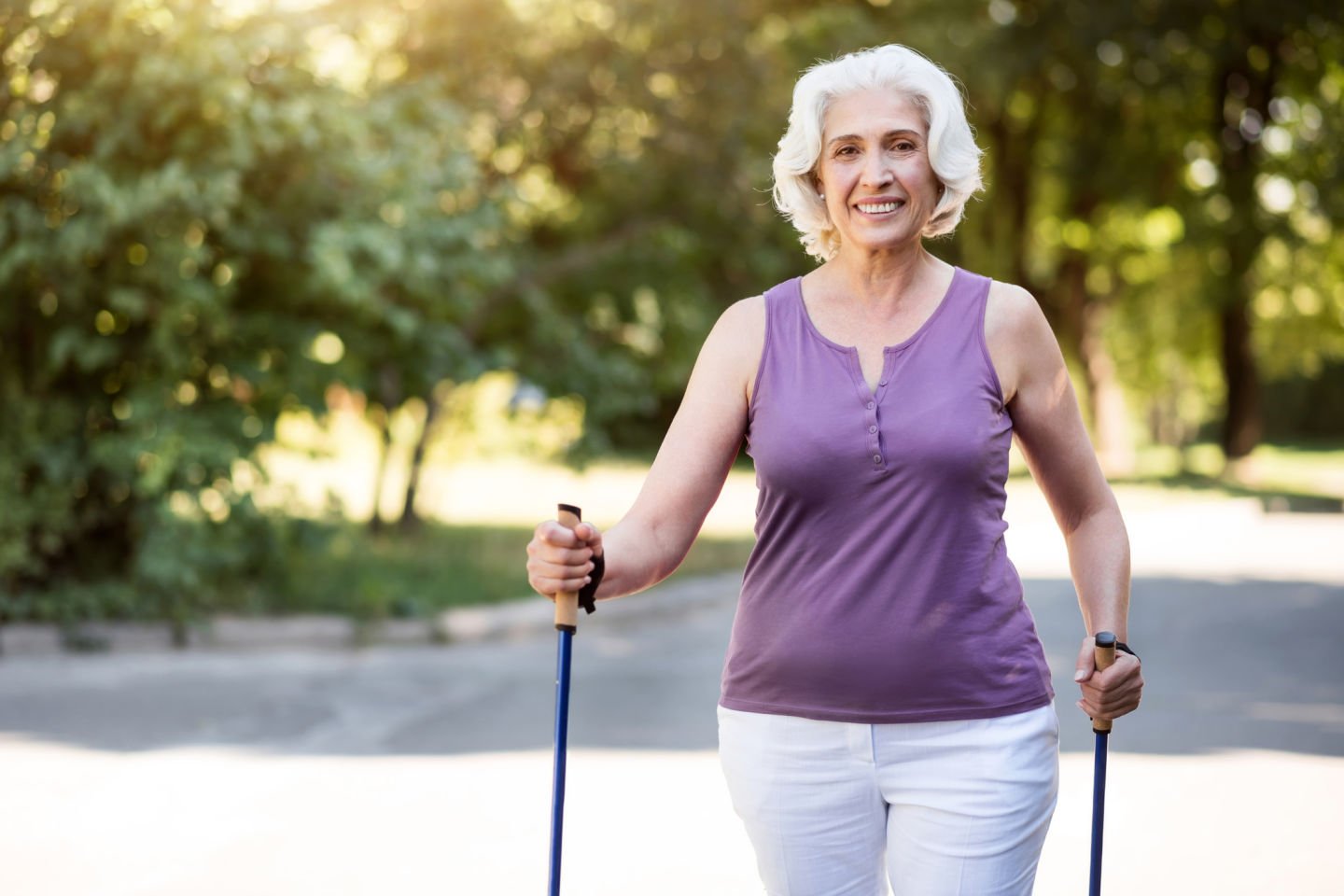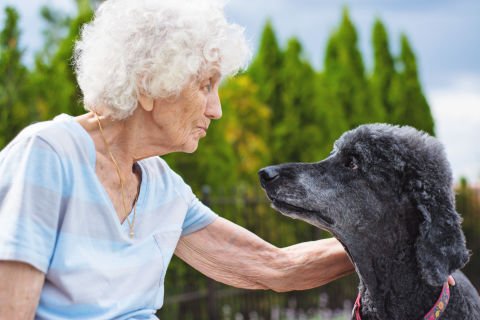Walking can drive better health
A new study suggests great health benefits for those who regularly replace a car trip with “Shanks’ pony”.

Older adults who walked for transport instead of taking a car, at least once a week, lived longer than those who didn’t, according to research led by Melbourne’s Monash University.
Published in BMJ Public Health, the observational study looked at transport-related walking, which is walking for a specific purpose, such as to a medical appointment or to shop, instead of using motorised transport.
The 18th century term Shanks’ pony refers to “one's own legs and the action of walking as a means of conveyance”. This is different from other types, such as recreational walking, which was not assessed in the study.
In participants with an average age of 75, walking for transport at least once a week was associated with about 25% lower risk of all-cause mortality compared to not walking for transport purposes.
The results emphasise the importance of public awareness about the benefits of creating safe neighbourhood environments that promote walking for transport.
Researchers examined the frequency of transport-related walking and mortality in 11,539 initially healthy Australian participants aged 70 and older, enrolled in the ASPREE (Aspirin in Reducing Events in the Elderly) project.
First author and Monash University School of Public Health and Preventive Medicine PhD candidate Shivangi Shah said earlier research had already established that walking undertaken as a means of transport may prolong the lives of younger and middle-aged adults.
Ms Shah said until now, evidence about transport walking in initially healthy older adults, free of cardiovascular disease, dementia, and independence-limiting physical disability, was scarce.
“It’s important to engage in any type of physical activity, and building muscle strength and healthy bones through physical activity are especially important as we age to help improve our balance and prevent falls,” she said.
“Our results suggest that walking for transport will have health benefits for older people.
“Any move is a good move. Even one extra minute is better than nothing. But physical activity does need to be tailored to each person’s capacity. If you have any doubts, talk to your GP.”
Participants self-reported their frequency of transport-related walking as either: never, rarely/once a week, more than once a week, or every day.
Almost half (44.1%) engaged in transport-walking every day, 31.5% more than once a week, 21.7% rarely/once a week, and 2.7% never did it.
It is likely that the greatest health benefit may be achieved by people who move from never engaging in walking for transport to walking rarely or once a week for transport.
Past studies have shown that the greatest improvement in health status is seen when taking people who are doing no activity to doing some physical activity.
In this study, compared to those who never walked for transport, the risk of all-cause mortality was shown to be lower for those who walked for transport: rarely or once a week (27%), more than once a week, (24%), and every day (26%).
The analysis was adjusted for age, sex, education, smoking, alcohol consumption, living status, rurality, household income, socio-economic status, chronic conditions, body mass index, and overall physical activity levels.
Senior author, Associate Professor Danijela Gasevic, from Monash University’s School of Public Health and Preventive Medicine and the University of Edinburgh, said the results underlined the importance of good public infrastructure and government campaigns to promote healthy lifestyles.
“Walking and physical activity generally are really important for our health and wellbeing, they have environmental and economic benefits, and they can help build social and community connections,” Associate Professor Gasevic said.
“Transport walking is simple, free, and does not need specialist training, making it sustainable and accessible for older people.
“However, to walk more for transport, we really need good infrastructure for walking – paths and roads connecting places and spaces – and safe environments.”
Co-author Professor David Dunstan, who is Head of the Baker-Deakin Department of Lifestyle and Diabetes at the Baker Institute and Deakin University, said being physically active was important for good health.
“Our bodies need to accumulate as much movement in as many ways as possible on a daily basis, since it is well known that this movement can enhance many of the body’s regulatory processes, such as blood flow and the control of blood sugars,” Professor Dunstan said.




